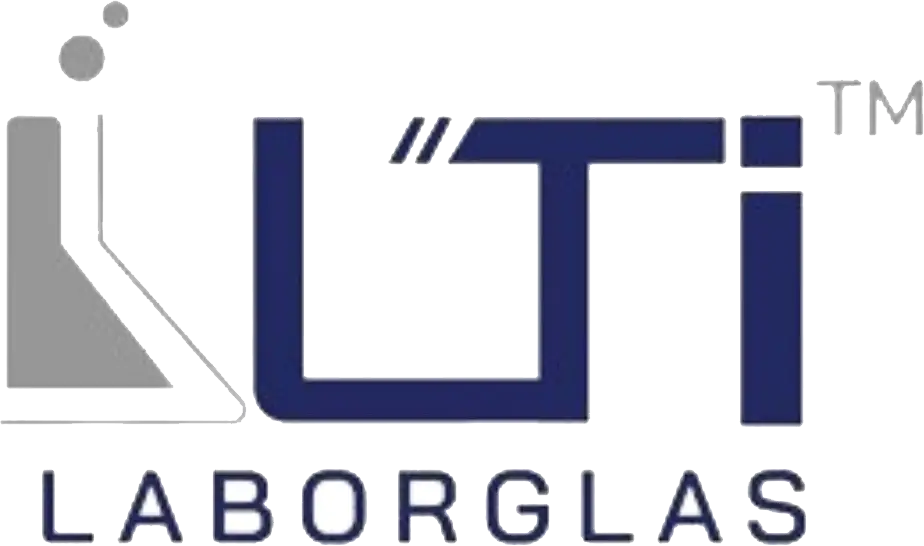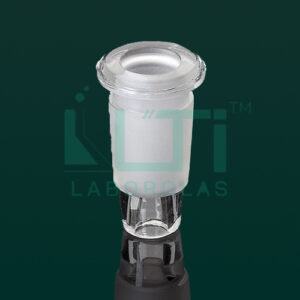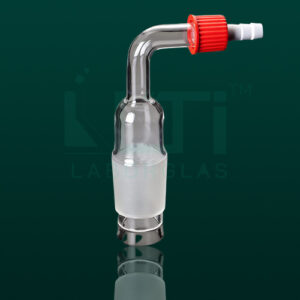- In a chemistry laboratory, a retort is a device used for distillation or dry distillation of substances.
- It consists of a spherical vessel with a long downward-pointing neck.
- The liquid to be distilled is placed in the vessel and heated
Material Borosilicate Glass
Usage/Application LABORATORY APPLICATION
Capacity 50ML TO 50000ML
Color TRANSPARENT
Here are some common uses of a glass retort:
- Distillation:
- Applications: The primary use of a glass retort is in distillation processes. It is employed to separate components of a liquid mixture based on their different boiling points. The condensed vapors are collected and usually exit through the downward-sloping neck.
- Chemical Synthesis:
- Applications: Glass retorts are used in various chemical reactions where controlled heating and separation of components are required. They provide a closed system for reactions that involve volatile or reactive substances.
- Fractional Distillation:
- Applications: In fractional distillation, a glass retort can be used to separate a mixture into its individual components by taking advantage of their varying vapor pressures at different temperatures.
- Gas Collection:
- Applications: Glass retorts can be used to collect gases evolved during chemical reactions. The gas is often collected by displacement of water in a separate container.
- Production of Essential Oils:
- Applications: Glass retorts are utilized in the extraction of essential oils from plant materials through processes such as steam distillation.
- Synthesis of Inorganic Compounds:
- Applications: Inorganic chemical synthesis may involve the use of a glass retort when conducting reactions that require careful control of temperature and pressure.
- Laboratory Demonstrations:
- Applications: Glass retorts are often used in educational settings for laboratory demonstrations to illustrate principles of distillation and chemical processes.
- Analysis of Volatile Compounds:
- Applications: Glass retorts can be employed in analytical chemistry for the analysis of volatile compounds, where the separation and collection of specific components are necessary.
- Extraction of Metal Oxides:
- Applications: Glass retorts can be used in processes involving the extraction of metal oxides from ores or other raw materials through heating and subsequent condensation.
- Recovery of Solvents:
- Applications: In laboratories, glass retorts may be used to recover solvents from reaction mixtures through distillation, allowing for the reuse of the solvent.
- Pyrolysis:
- Applications: Glass retorts are employed in processes like pyrolysis, where organic materials are heated in the absence of oxygen to break down complex molecules into simpler compounds.





